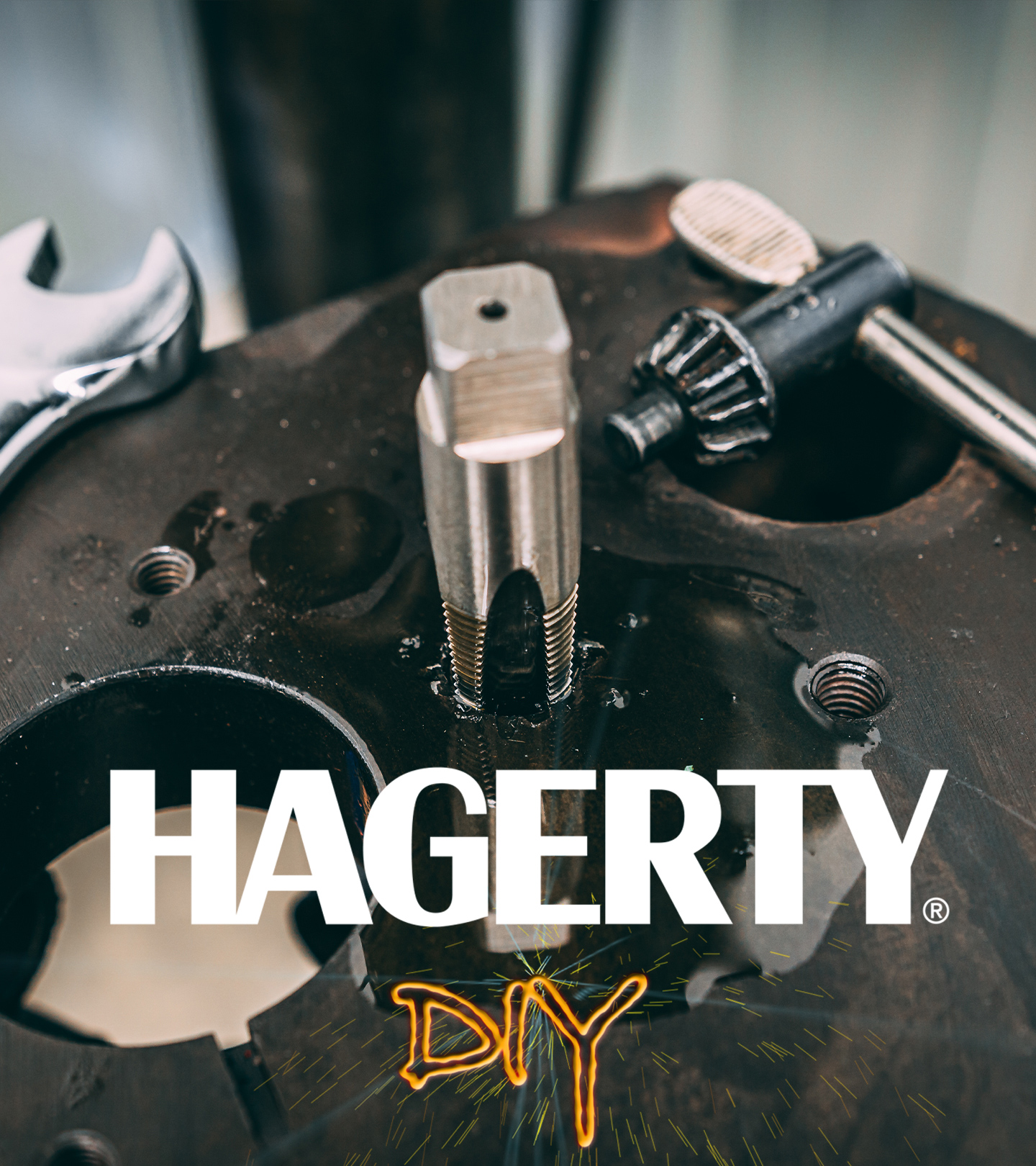This stodgy Stovebolt 6 deserved a second chance—so it got a Redline Rebuild - Hagerty Media
The 216-cube Chevrolet inline-six is the less-favored little brother to the vaunted 235, but that is no reason to put it out to pasture before its time. Davin saw potential in the 216 from our recently unearthed 1950 Chevrolet 3600, and thus, it got resurrected in the latest episode of Redline Rebuild.
“This truck just oozed cool when I first saw it. The potential was there and it really looked to be worth saving,” Davin said of the project when it arrived at the shop.
One of the key features that makes this truck stand out in a crowd is the extra rear quarter windows that are unique to trucks of the late-’40s to mid-’50s era. Chevrolet initially marketed these relatively small chunks of glass as “Nue-View rear corner windows.” The goal was to increase rearward visibility, but the side effect was that it made the truck timeless and unique.
With those awesome looks, many would consider it a bit of a disservice that this truck got saddled with the 216-cubic-inch inline-six engine. The fact the small-block V-8 was still half a decade away meant this engine was the most stout and sensible option of its time. I must admit, my gut reaction when I first learned of Davin’s intention to rebuild the 216 was that he should just swap it out for a 235.
After all, the 235 is extremely similar to the untrained eye, but it has a handful of improvements compared to the 216. For example, the mixture of bearing materials in the rotating assembly—in the 216, the main bearings are standard modern insert while the connecting rods are poured Babbitt, whereas in the 235, it’s all insert bearings. Luckily, Davin learned a bit about Babbitt bearings while he was elbow deep in the the last Redline Rebuild of our Swap-to-Street Ford Model A.
The bearings were hardly a hurdle, but when the cylinder head went to the machine shop only to reveal that every combustion chamber had at least a hairline crack headed towards the water passage, we had to pause and consider our options. This is a common failure point on the 216, and luckily the cracks in this particular engine were not to the point where Davin needed to source another head. Instead, he elected to ceramic coat the interior of the water passage to keep combustion pressure from pushing all the coolant out of the radiator.
“It was very similar to many of the engines I have rebuilt for this series, yet it had some really unique points as well. It was a fun challenge and awesome to save the 216 rather than drop a 235 in,” Davin says.
After the Thriftmaster 216 is assembled, it will be settled into the heavily worn 3600 pickup, which will have a new, less-perforated metal floor. Davin has a vision for what this truck will do—to find out more about this workhorse’s future, subscribe to Hagerty’s YouTube page.










